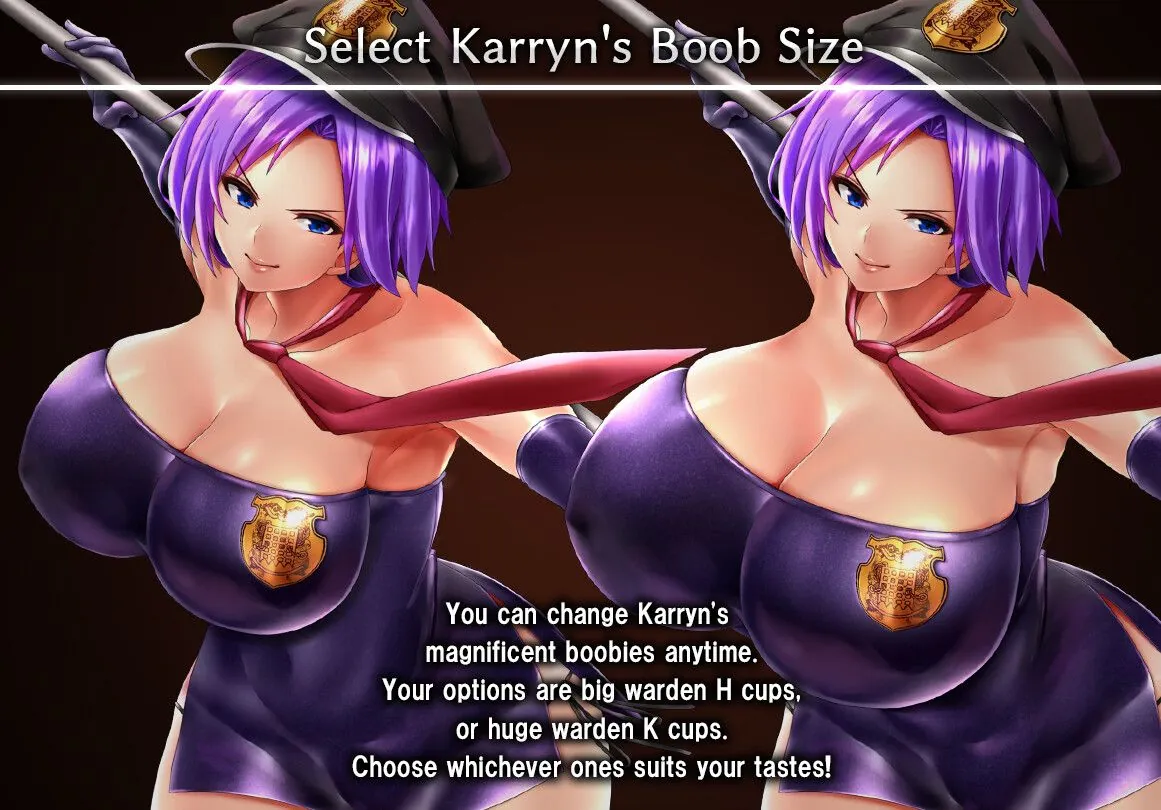
Play Returning to Mia
Returning to Mia review
Explore Gameplay, Storyline, and Features of Returning to Mia
Returning to Mia is a captivating interactive game that continues the story from its predecessor, offering players a chance to reconnect with Mia and shape the unfolding narrative. This article dives deep into the game’s features, storyline, and gameplay mechanics, providing practical insights and personal experiences to help you get the most out of your journey with Mia.
Understanding Returning to Mia: Story and Gameplay
What is Returning to Mia About?
Let me tell you, jumping into the Returning to Mia storyline felt like reuniting with an old friend, but one who’s been through a lot since you last saw them. If you’re new to this world, don’t worry! The game stands strong on its own, though longtime fans will spot some deliciously subtle nods to past events. At its heart, this is a story about second chances and the ghosts of our pasts. You play as a character drawn back to a place—and a person—you thought you’d left behind for good. The central mystery of what truly happened all those years ago is the engine that drives everything forward. 🕵️♀️
The beauty of the Returning to Mia storyline is how it masterfully blends a deeply personal journey with a compelling, larger mystery. It’s not just about uncovering secrets; it’s about understanding how they shaped the lives of everyone involved, especially Mia herself. The writing is superb, making you care about these characters from the very first interaction. You’ll find yourself not just playing to see what happens next, but because you genuinely become invested in their well-being. This emotional connection is what makes this interactive story game so powerful. ❤️🔥
Key Gameplay Mechanics
So, how do you actually play? The core of the Returning to Mia gameplay is elegantly simple, putting the focus squarely on the narrative. You’ll spend your time exploring beautifully rendered environments, engaging in conversations, and making those all-important decisions. The interaction system is intuitive—you can examine objects for clues and choose dialogue options that reflect your personality and intentions. It’s less about challenging puzzles and more about immersing yourself in the world and its inhabitants. 🎮
The real star of the Returning to Mia gameplay is the decision-making process. The game doesn’t always pause with a giant “CHOICE” banner; sometimes, the most significant moments are hidden in casual conversation. A seemingly innocuous question you choose to ask, or avoid, can quietly steer the narrative in a new direction. This creates a fantastically organic flow where you feel like you’re genuinely building relationships, not just selecting from a menu. The Returning to Mia character relationships are built brick by brick through these interactions, and the game does a brilliant job of making you feel the weight of every word. 🤔
Pro Tip: Take your time! Don’t rush through conversations. Read the options carefully and think about what your character would truly say. The most rewarding paths come from role-playing consistently.
Here’s a quick breakdown of the primary mechanics:
| Mechanic | Description | Why It Matters |
|---|---|---|
| Dialogue Trees | Branching conversations with multiple response options. | This is the primary way you shape your personality and influence others. |
| Relationship Meters | Hidden scores that track your standing with key characters. | Your choices directly affect how characters perceive and interact with you. |
| Exploration | Click-to-move through key locations to find clues and triggers. | |
| Memory Triggers | Interacting with specific objects can unlock flashbacks or new dialogue options. | These are crucial for piecing together the full story and understanding character motivations. |
How Choices Influence the Story
This is where Returning to Mia truly shines. The game narrative impact of your decisions is profound and often permanent. We’re not just talking about different endings here—though those are certainly a major factor—but about the entire journey. The Returning to Mia choices you make determine which scenes you witness, which secrets you uncover, and ultimately, which version of the story you experience. It’s the difference between a story of reconciliation and one of bittersweet closure. ✨
Let me give you a personal example. During one playthrough, I decided my character was going to be open and honest with Mia from the start. I chose dialogue options that were supportive and vulnerable. This led to a beautiful scene halfway through the game where we shared a moment of real connection, unlocking a whole subplot about her family that I had completely missed in a previous, more guarded playthrough. The Returning to Mia character relationships are that nuanced; they require nurturing and the right Returning to Mia choices to fully blossom. On the flip side, a different set of decisions can lead to suspicion and walls being built, closing off entire avenues of the story. The game narrative impact is immediate and tangible.
Here’s a concrete example of a key decision point and its outcome:
| The Scenario | Choice A | Choice B | Narrative Consequence |
|---|---|---|---|
| Mia confides in you about a troubling dream. She seems anxious and vulnerable. | **Comfort her.** “It was just a dream. I’m here now.” | **Question her.** “What do you think the dream means? Is it a memory?” | Choice A strengthens the bond of trust, making her more likely to share crucial information later. Choice B, while logical, is perceived as analytical and cold, creating emotional distance that takes significant effort to overcome. |
This is just one of dozens of moments where your approach defines the path. The game remembers everything, and characters will reference your past actions, making the world feel alive and responsive. To help you navigate this, here are some essential Returning to Mia game tips:
- Save Often and in Multiple Slots! 🗂️ This is the golden rule. You’ll want to go back and see how a different choice plays out without replaying the entire game.
- Listen Between the Lines: Pay attention to character tone and body language. Sometimes what they don’t say is as important as what they do.
- Embrace Imperfection: Your first playthrough should be your own. Don’t try to make the “perfect” choices. The most authentic stories often come from mistakes and missteps.
Ultimately, the magic of Returning to Mia is that it gives you a powerful story to shape. Your Returning to Mia choices create a unique emotional arc, ensuring that your experience with the Returning to Mia storyline is genuinely your own. It’s a testament to the power of the interactive story game format, proving that the most compelling journeys are the ones we have a hand in creating. Happy exploring! 🌟
Returning to Mia offers a rich, immersive experience that builds on its predecessor’s foundation, inviting players to explore complex relationships and narrative paths. By understanding the gameplay mechanics and the significance of your choices, you can fully engage with the story and enjoy a personalized adventure. Dive into Returning to Mia today and discover the many ways your decisions shape the journey.





















